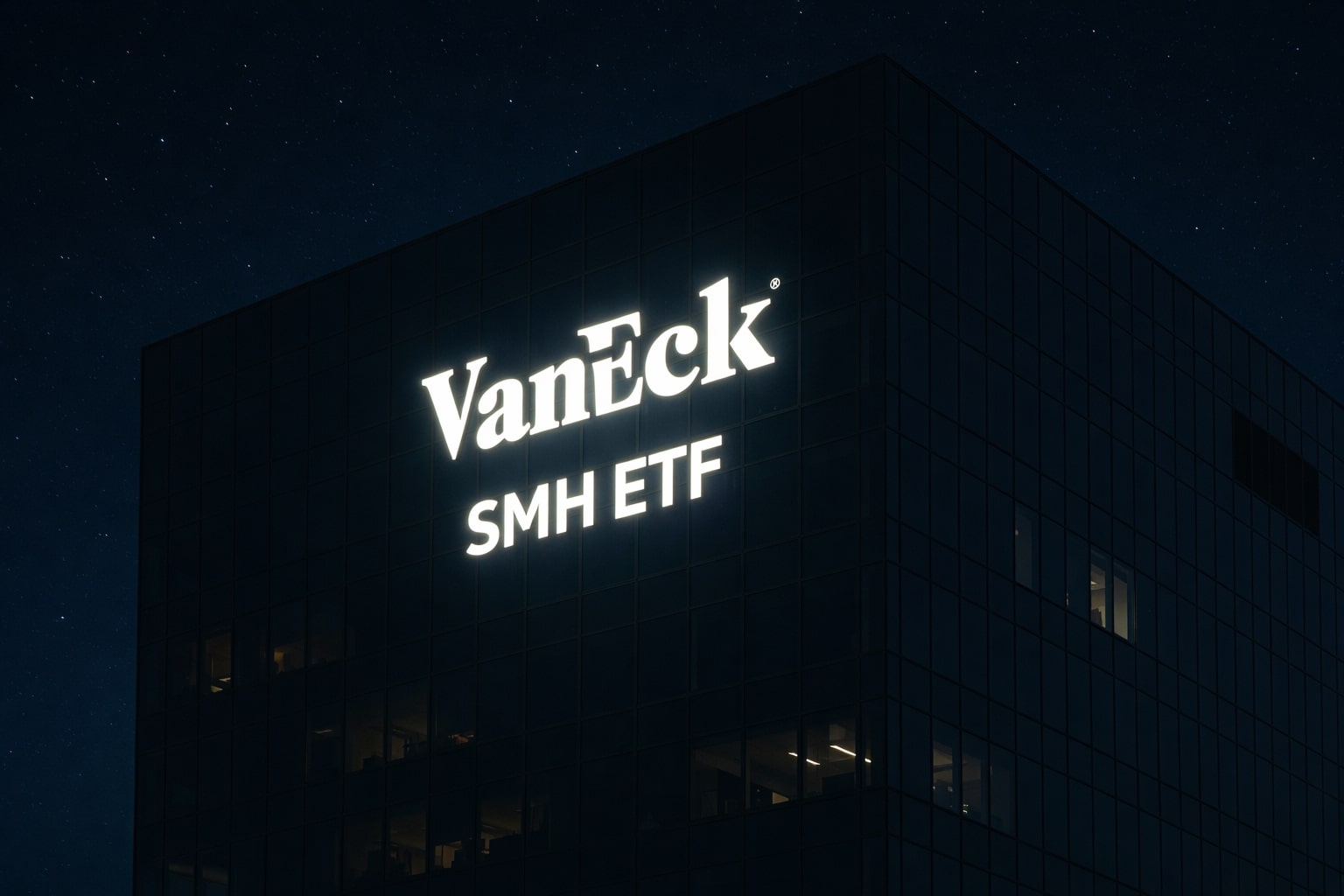
Bitcoin Price Forecast - Bitcoin (BTC-USD) Plunges 34% to $80,553 as Margin Calls and Fed Uncertainty Trigger Crypto Meltdown
Crypto market loses over $1 trillion; ETH-USD $2,693, SOL-USD –7.9%, XRP-USD –7.4%; leverage liquidation and thin liquidity drive Bitcoin’s worst month since 2022 | That's TradingNEWS
Bitcoin (BTC-USD) Drops Below $82,000 as Market Suffers Deepest Crash Since 2022
The crypto market entered its worst drawdown since the FTX collapse in 2022 as Bitcoin (BTC-USD) plunged as much as 7.6% to $80,553, down 34% from its early-October peak of $126,272. Over $1 trillion in total crypto market capitalization evaporated, pushing the digital asset market below $3 trillion for the first time since April. Major altcoins mirrored the decline — Ethereum (ETH-USD) fell 8.9% to $2,693, Solana (SOL-USD) dropped 7.9%, and XRP (XRP-USD) lost 7.4%, confirming a broad systemic risk-off phase.
Fed Uncertainty and Risk Rotation Pressure Crypto Valuations
Investor anxiety over the Federal Reserve’s December decision ignited heavy selling. Markets had anticipated a policy pivot, but hawkish data and mixed Fed signals reversed those expectations mid-month. When rate cuts appeared less likely, yields on Treasuries rose, with the 10-year note holding near 4.07%, draining liquidity from non-yielding assets like Bitcoin. Traders also rotated capital out of high-volatility sectors such as AI and crypto into bonds and defensive equities. The decoupling between BTC-USD and the Nasdaq 100 (NDX)—which held steady even as Bitcoin fell—shows targeted liquidation rather than broad macro panic.
Margin Call Cascade Triggers Crypto’s “Doom Loop”
Analysts from FxPro and Deutsche Bank confirmed that forced selling accelerated when BTC-USD fell below $83,000, breaching collateral thresholds for leveraged traders who bought near $90,000. Once margin calls began, brokers automatically liquidated positions, deepening losses. This feedback cycle—known as a “doom loop”—is now driving price action, reminiscent of 2022’s deleveraging wave. The dynamic remains mechanical: as lower prices trigger more liquidations, momentum feeds upon itself, compounding the crash across derivatives and spot markets simultaneously.
Liquidity Evaporates Ahead of Thanksgiving as Volatility Spikes
Liquidity has thinned dramatically heading into the U.S. holiday week. Kaiko Research warned that “$1–2 billion in net selling” can now move the market several percentage points as institutional desks reduce exposure before year-end. Futures open interest is down 22% month-to-date, and bid-ask spreads have doubled on major exchanges. The Bollinger Band width expanded to 10.4%, its widest since July 2024, confirming extreme volatility. Thin order books mean smaller trades produce outsized price swings—conditions that historically precede short-term capitulation events.
Institutional Activity Shifts to Defense as On-Chain Flows Reverse
Hedge funds and institutional wallets have turned net sellers. On-chain analysis shows over 45,000 BTC (~$3.7 billion) moved to exchanges from custody wallets between November 10 and 20, marking the heaviest institutional distribution since Q2 2022. Meanwhile, MicroStrategy (NASDAQ:MSTR) and Marathon Digital Holdings (NASDAQ:MARA) each fell 2–3%, pressured by lower Bitcoin prices and declining mining margins. Average transaction fees dropped 18% week-over-week, eroding miner profitability despite a record-high hashrate. Institutional behavior has clearly shifted from accumulation to liquidation mode.
Key Support Levels and Market Psychology
The breach of $85,000 destroyed a major psychological support. Traders now view $75,000 as the next critical floor, with $90,000 becoming overhead resistance. Data from CoinMetrics shows the average investor entry cost near $82,000, meaning most retail positions are now underwater. Historically, such crossovers fuel capitulation. RSI indicators below 30 confirm oversold conditions, but sentiment remains fragile. Behavioral factors—margin pressure, fear of deeper losses, and tax-loss selling—continue to reinforce panic rather than recovery.
Macro Context: From AI Bubble to Broad Risk Repricing
The same capital that inflated valuations in Nvidia (NASDAQ:NVDA) and Microsoft (NASDAQ:MSFT) earlier in 2025 is now retreating. With NVDA down 5.5% and MSFT off 7% this week, institutional allocators are scaling back across speculative segments. Bitcoin, which thrives on liquidity and risk tolerance, has become collateral damage in the broader unwinding of leveraged growth trades. Gold (XAU/USD) remains firm at $4,070 (+0.35%), highlighting the sharp preference shift from digital to physical safe havens as AI and crypto valuations deflate together.
Professional Risk Management in Extreme Volatility
Institutional investors are treating the decline as a stress test rather than a collapse. Top trading desks are emphasizing strict risk parameters: leverage capped below 2×, wider stop-loss bands, and cross-asset hedging with Ethereum (ETH-USD) and Solana (SOL-USD) exposure trimmed. OneSafe Research noted that while retail panic dominates headlines, large ETF holders have not exited en masse. U.S.-listed Bitcoin ETFs still manage $198 billion AUM, down just 6% month-to-date. That resilience suggests structural holders remain invested despite tactical deleveraging.
Technical Structure Shows Breakdown But Not Capitulation
Technically, BTC-USD trades below its 200-day moving average ($87,500) and near the April 2025 support zone of $78,000–$80,000. A daily close below $78K would expose the next downside target near $72K, while a move above $86K could neutralize short momentum. The put/call ratio near 1.7 signals that institutions continue hedging aggressively. Trading volume remains high, but dominance of short positions implies most traders expect further downside. Unless BTC recovers $85K quickly, technicals remain decisively bearish.
Read More
-
SMH ETF: NASDAQ:SMH Hovering at $350 With AI, NVDA and CHIPS Act Fueling the Next Move
16.12.2025 · TradingNEWS ArchiveStocks
-
XRP ETFs XRPI and XRPR: Can $1B Inflows Lift XRP-USD From $1.93 Back Toward $3.66?
16.12.2025 · TradingNEWS ArchiveCrypto
-
Natural Gas Price Forecast: NG=F Falls to $3.80–$3.94 as Warm Winter Kills $5.50 Spike
16.12.2025 · TradingNEWS ArchiveCommodities
-
USD/JPY Price Forecast - USDJPY=X Slides, BoJ 0.50% Hike, Fed Cut and NFP Set the Next Big Move
16.12.2025 · TradingNEWS ArchiveForex
Policy Watch: Fed’s December 10 Decision Will Define Year-End Path
The next major catalyst lies in the Federal Reserve’s December meeting. A 25-bp rate cut could reignite liquidity and lift BTC-USD back above $90,000, while a hold would likely trap prices in the $60K–$80K range through year-end. The CME FedWatch tool shows 73% odds of a rate cut, but the Fed’s mixed data dependence leaves uncertainty high. Inflation remains sticky, and job data still supports a cautious stance—both of which restrict Bitcoin’s recovery window unless the policy environment turns looser.
Historical Context And Volatility Dynamics
Since 2015, Bitcoin has experienced eight monthly declines greater than 25%, and in six of those instances the following month produced a rebound. Yet volatility above 90% annualized limits institutional reentry. With derivatives open interest shrinking and realized losses mounting, most professional traders expect range-bound trading into Q1 2026. For context, 2022’s post-collapse recovery required 62 days before stabilization; if history rhymes, the current drawdown may still take several weeks to base.
Buy / Sell / Hold Verdict
Short-Term: Sell. Momentum remains negative with leverage unwinding and thin liquidity likely to pressure BTC toward $75K.
Medium-Term: Hold. Consolidation expected once forced selling abates, but volatility remains too high for fresh entries.
Long-Term: Buy. Institutional adoption via ETFs and corporate treasuries remains intact, and Bitcoin’s deflationary design continues to appeal under tightening fiscal policy.
Final Outlook on Bitcoin (BTC-USD)
The ongoing correction is a systemic recalibration driven by rate anxiety, margin liquidation, and evaporating liquidity—not a structural collapse. BTC-USD is down 34% from its peak, testing critical supports between $75K and $82K. The trend remains bearish short term, neutral medium term, and bullish long term. Recovery depends on Fed policy, market depth restoration, and a pause in forced selling. Until then, disciplined positioning and patience remain the only rational strategies in this high-volatility phase

















